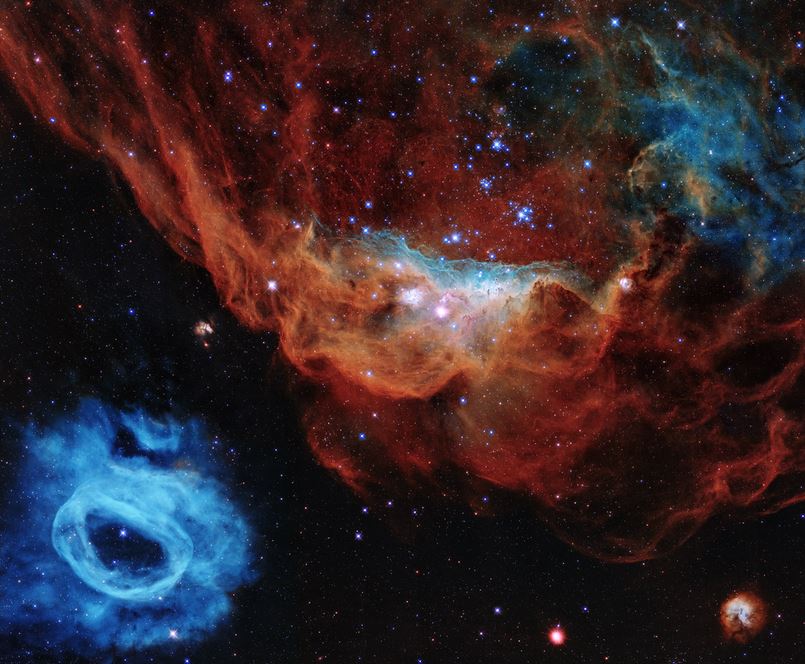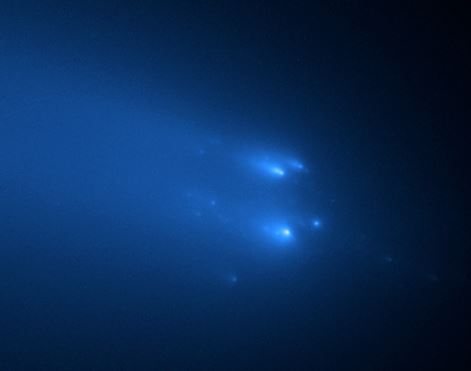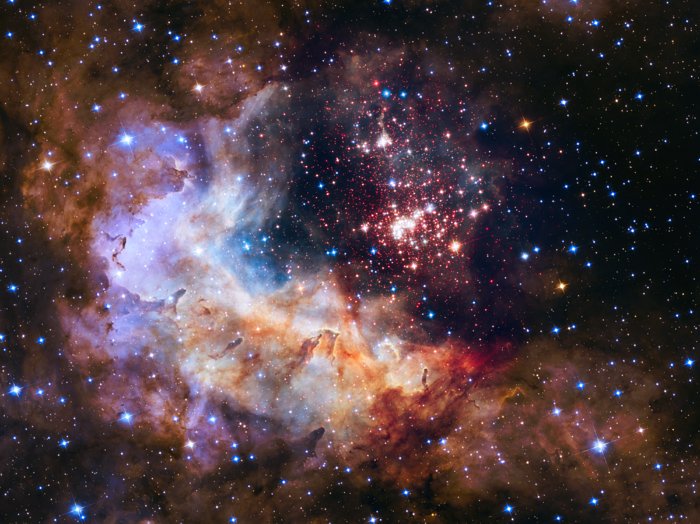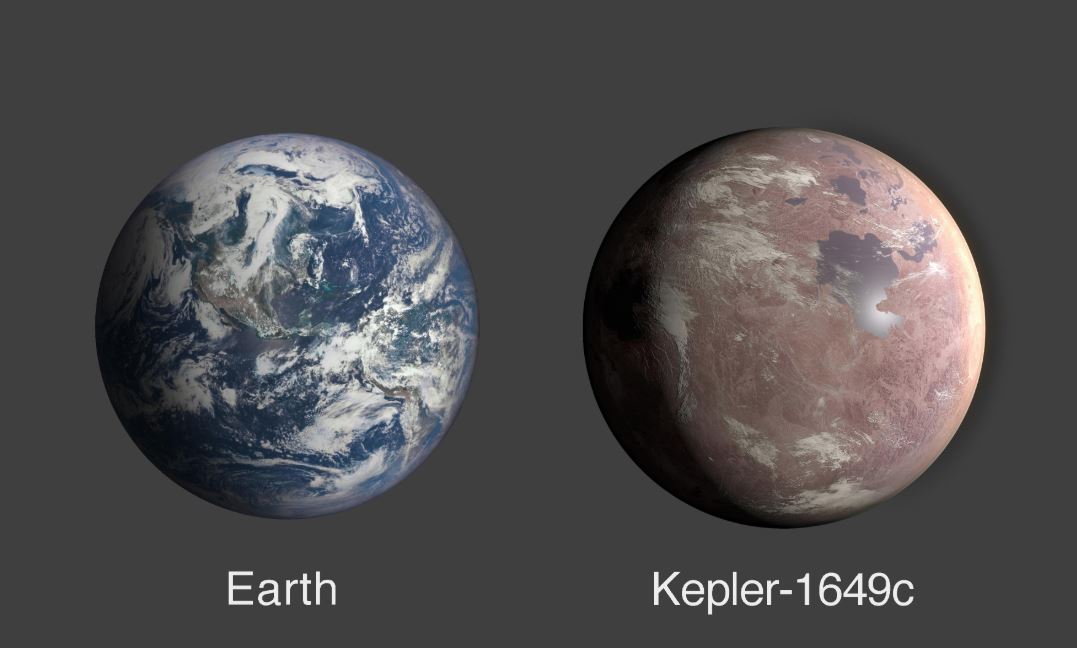MASS Meeting Notes for August 26, 2016
This was our 48th meeting. Jim A., Keith, Phil, Silvio, Dean and I were in attendance.
We suggested that Keith add a spot on the web site assigning himself credit as the designer of the site. But so far I don’t see a picture or any text related to him.
6/19/16 I went to the CSSS meeting in Schaumburg where they had a speaker discussing Interstellar Travel. He was very pessimistic about the likelyhood of it happening. He listed energies near 1000x the entire annual output of the earth would be needed. He also didn’t want to export our war-like temperament to other star systems, Dan Joyce was also there and he seems to be a proponent of going back to moon before Mars and thinks Trump’s close circle of advisors has a few space advocates like Newt Gingrich. Present by ELA document.
On 6/19/16 Blue Origin was successful in getting their New Shepard rocket and capsule launched into space for the 4th time. It only takes 10 minutes from launch to landing.
Now that everyone original guess for when the US would launch astronauts from US soil has passed (MASS Prize), I suggested that we have a new contest. This time we’ll guess the specific date for when the launched astronauts enter the ISS, rather than just guessing a month. The prize will be a $20 Dairy Queen gift certificate. It will be awarded to the person whose guess is closest to the actual date.
I attended a talk by Adler astronomer Dr. Gyuk at the VP library on “Astrobiology: Are We Alone?” 7PM on Tuesday Sept 13. The information was presented well but he is not as entertaining as Dean’s talks are.
I mentioned that I am looking for a new good home for my 50 years of Sky & Telescope magazines. Dean said he was interested. Thank you Dean for saving me from the trauma of throwing them out. I just hope I’m not moving the hoarding intervention from my place to yours.
Some of the following topics where discussed at the meeting. Others where included here so I could “thin the herd” of topics for the next meeting. Because I delayed so long in posting these minutes my editting of the text might be a little more slip-shod that usual.
- Rosetta to end mission by crashing into comet – After launching 12 years ago and achieving its primary mission of orbiting Comet 67P/Churyumov-Gerasimenko, the probe will crash into the comet on Sep 30. Now that it is 530 million miles from the Sun (5.7 AU or past Jupiter), the solar arrays can’t capture enough power to keep the heaters running on the spacecraft. ESA will attempt some high resolution images on the way in but the probe will be shut off as it touches the surface so that the radio transmitter won’t cause interference with future missions.
- Black hole born without stellar parent – A black hole forming directly from a massive cloud of gas rather from the death of a star, might explain how some galaxies built gargantuan black holes in the first billion years after Big Bang. Galaxy CR7 blasts out more ultraviolet radiation than other galaxies at a point in time roughly 13 billion years ago (800 million years after Big Bang). Gas in CR7 lacks carbon and oxygen which would have formed within stars. One idea is it is giving birth to first generation stars. Another idea is that it harbors a “direct collapse” black hole which is more likely because gas is racing away at 580,000 km/hr. Assume radiation from a superheated disk of debris of swirling around black hole 100,000x mass of Sun. Struggle to explain how supermassive black hole can form from smaller stellar black holes in only a billion years. Reserving time on Hubble and Atacama Large Millimeter Array in Chile to search for heavy elements. If no heavy elements then probably first gen stars. If slight heavy elements then black hole old enough for some stars to pollute the environment.
- 2020 Rover gets NASA OK – Project scientist explains the instruments and talks about taking core samples for a later mission to pick up and return to Earth. In-situ production of oxygen from CO2 is one of the experiments. The rover has better wheels(more durable, better traction & lighter), sound microphones, and more accurate landing (will take pictures and compare to orbital maps and adjust as needed). Two year planned mission. We still have 2 working rovers on Mars. And Insight mission (drill 10-16 ft deep, May 2018 launch) and Russian launched European demo lander and Trace Gas Orbiter coming this Oct. ExoMars rover has been delayed to 2020 contrary to articles 2018 mention.
- SpaceX launch of IDA2 for ISS – company off to a good start in 2016 with 6 launches and 7/18 will be their 7th of year and 9th supply flight to ISS. Now 26 for 27 on Falcon9 launches. IDA is how commercial crew will dock to ISS. With commercial crew will increase ISS crew by one and double time on science from 35 hrs/wk to 70. Spacex would set record with 5.5 months remaining in 2016(could be as many as 12 more this year). Goal is to launch every other week. Major improvements of increased engine thrust, super cooled denser fuel and recoverability now enable 22.8 metric tons (50,300# in expendable mode) to LEO vs 13.2 with older version of rocket. More capability allows for extra fuel to attempt recovery. Already 1 land landing and 3 on barge were successful before this last mission. They plan to refly their first barge landed booster from the CRS8 mission on 4/8/16 this fall. And reuse a Dragon capsule on the CRS11 mission in Feb 2017. Empty Dragon only 9300# + 4975 cargo is less than 15,000# of 50,300# capacity. That is why they were able to bring first stage back to land. nice Falcon9 launch of CRS9 with sound. landing video. 1st stage weighs over 60,000 lbs empty. landed 1st stage undergoes a 150 sec engine test; it will be the one reused. Falcon X to follow Falcon Heavy, Musk might announce September 27 at conference his Mars Colonial Transport system. On 8/14/16 SpaceX launches JCSAT-16 for Tokyo company and lands on drone ship for sixth time, fourth time on barge plus twice on land. 8th launch in 2016 with 8 more scheduled.
- Kepler K2 mission discovered another 104 exoplanets – launched in March 2009 Kepler spent 4 years staring at 140,000 stars in the same patch in the sky near Cygnus & Lyra. A pointing problem caused by the loss of its gyros made them go to the K2 mission. K2 uses the pressure of sunlight, 2 remaining gyros and it’s thrusters to hold it steady while it observes the sky for 83 days and then rotates to a new field of view when the sun starts to come into view. So far K2 has found 458 candidate planets, with 127 of them confirmed. This tally includes the 104 confirmed this week which brings the total number of known exoplanets found by Kepler and other telescopes to 3472. The newest members include 4 worlds ranging in size from 20% to 50% bigger than Earth orbiting the same star. Two of the planets are in the goldilocks zone for liquid water if it exists. Star is much dimmer than the sun so the zone is closer than Mercury’s orbit. K2-72c 15 day orbit and 10% warmer than Earth and K2-72e 24 day orbit and 6% colder. All 4 of K2-72’s planets are believed to be rocky. The star is 181 light years away. Short (6 min) video of aliens possible. Dyson sphere. 20% dip vs Jupiter would only cause a 1% dip of the Sun’s light. Dust clouds should have dissipated.
- 6 part mini–series on National Geographic about Mars Colonization – trailer with Musk, Tyson, series begins in November.
- Orion capsule may be in trouble – capsule began development in 2006 and will cost $16 billion by April 2023 when it flies its first crew. We are also reliant on Europe to provide the service module that will give it propulsion. Obama tried to cancel but Congress balked. Really only designed as a 25,000 mph return to Earth vehicle. Not suitable for long term habitation. Not sure how it will be received by a new President.
- Juno reaches farthest point of first orbit on July 31st – apojove is 8.1 million km (little over 5 million miles). First 2 orbits will be 53.5 day long then rocket fires to make a move rapid 14 day orbit. Nice graphic on web site. Closest approach will be on Aug 27th during 1st
- Boeing starts construction of space worthy Starliner – Judy was last guess of Aug 2016 for the MASS prize; Starliners will launch without a nosecone on an Atlas V rocket. Seems like Starliner and Dragon could make the new NASA capsule, Orion, obsolete. Boeing uncrewed Starliner in Dec 2017 and crewed in Feb 2018. SpaceX to fly uncrewed Dragon May 2017 and crewed in Aug 2017. NASA’s goal is to have them certified by end of 2018. Otherwise well have to pay Russia $85 million to fly more of our astronauts. We made our MASS Prize guesses over 5 years ago in July 2011.
- Large Synoptic Survey Telescope (LSST) – Sept S&T, 30 meter telescope in Hawaii having construction protests but the 8.4 meter (331 in single mirror with active optics) LSST going well in Chile. Will share a ridge with Gemini South and Southern Astrophysical Research Facility. Funded by NSF and DOE plus philanthropists. Costs $140 million this year and $1 billion over its lifetime. Scheduled for Oct 2022 operation. Will have a 3.2 billion pixel camera, 3.5 degree FOV (7x width of moon). Every 40 seconds new view where it will take 2 15 second exposure to reject cosmic ray artifacts though 6 different filters over a 10 year period. Expected to see 40 billion objects. Prime aims are: 1) count asteroids; 2) map evolution and structure of Milky Way; 3) measure super novae and variable stars; 4) constrain Dark Energy and Dark Matter. It will accumulate 15 tera-bytes per night and capture the entire sky every 3 clear nights with almost time lapse capabilities. A dual layer Blu Ray disk is 50 giga-bytes. In one year LSST accumulates 5500 TB of raw data which is equivalent to 110,000 Blu-Rays. Processed data is 4x greater or 20 PB/ year. (Kilo 10^3, mega 10^6, giga 10^9, tera 10^12, peta 10^15, exa 10^18, zetta 10^21)
- OSIRIS-REx Mission Press Conference (Origins, Spectral Interpretation, Resource Identification, Security, Regolith Explorer) – 3rd mission of New Frontiers after New Horizons & June; Will investigate solar system formation, hazards of NEA; Past robotic exploration of asteroids (Gaspra, Eros, Itakowa) Bennu shape & orbit approach; grab at least a 60 gram (2 oz) sample with up to 3 tries with a .25 mph high-five touch with compressed gas vacuum; 58:30 solar system formation; 1:02 Yarkovski effect; Bennu selected for its 500 meter size and slow rotation of 4.3 hrs; sample collector 3-5 sec high-five, typically they get 300 gr; comes back to earth at 27,000 mph; Q&A asteroid mining implication. Launch Sep 8, 2016 7:05 PM EDT on Atlas 5, probe 2000# empty, with fuel 4650#, size of SUV, cost $800 million without rocket but includes 7 yrs in space support and 2 yrs of sample analysis, target is Bennu’ (ancient Egyptian avian deity. Name suggested by North Carolina 3rd grader). It’s a carbon rich asteroid. Will use an Earth gravity assist in 2017. Aug 2018 start to see Bennu as a single pixel, next 2 yrs approach and map, July 2020 sample obtain, send sample back on March 2021 and return on Sep 2023. 4% of sample is Canada, .5% is Japan, 75% will be retained for future analysis.
- EVA of IDA installation – showing animation of removal of International Docking Adaptor (IDA) from Dragon’s trunk; on Wednesday spacewalker Williams sets record for days in space breaking Scott Kelly’s record. But Peggy Whitson who will fly next 6 month mission will break his record.
- Proxima B planet found – around Proxima Centauri, 1.3x earths mass, A-B Centauri 4.32 lightyears, Proxima 4.24 light years, possibly not gravitationally bound and .24 light year away from other 2 stars, 11.2 day orbit at .05 AU in habitable zone, found with European Southern Observatory in Chile, only 1% chance of occultations that would allow future characterization of its atmosphere. New Horizons the fastest probe travels at 52,000 km/hr and would take 90,000 years to get there. The Starshot project with its gram weight probes would use 100 gigawatt laser to get to 20% the speed of light. It would take 20 years to get there, take pictures and wait 4 more years for them to arrive back on earth.




Recent Comments